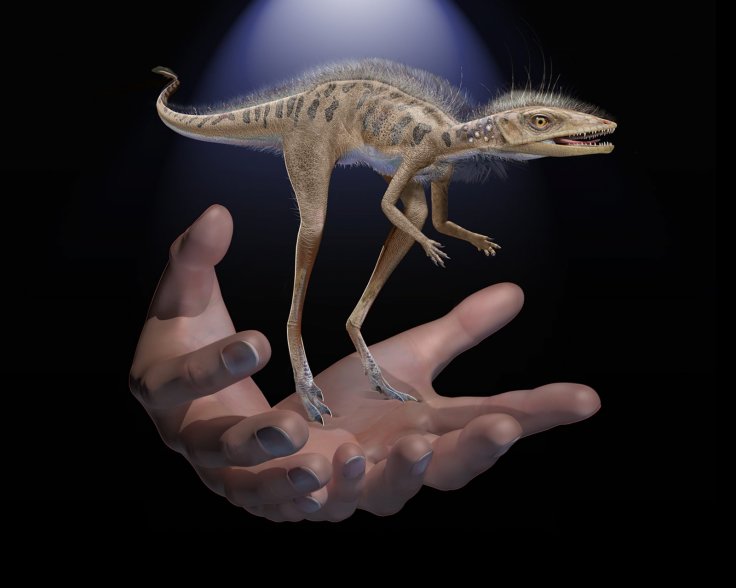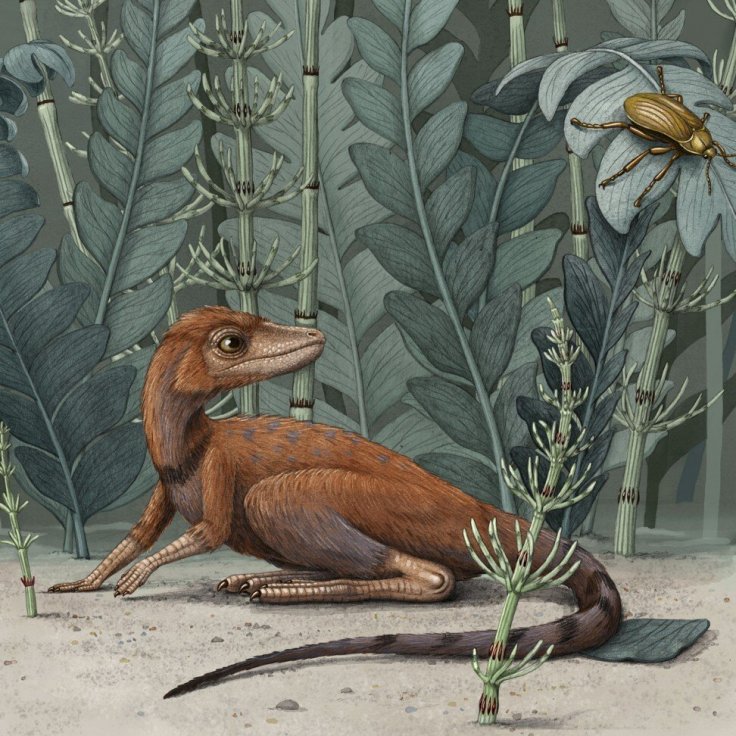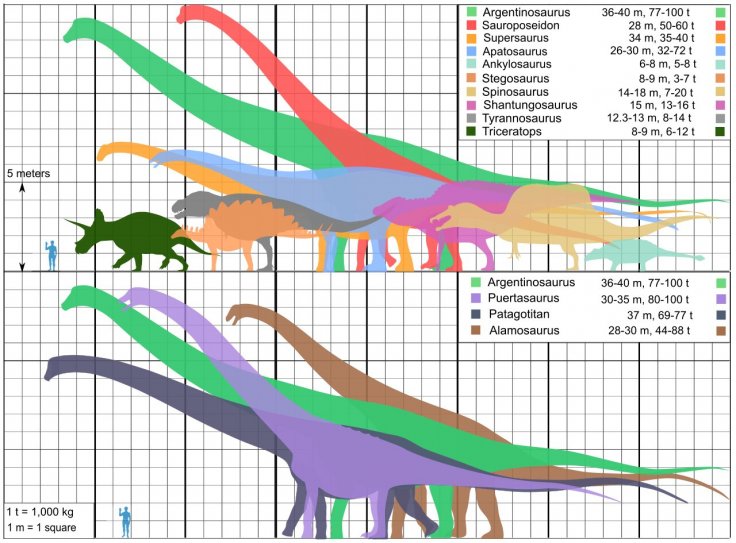The first thing that comes to your mind while imagining a dinosaur is that they are giant and scary beasts. But what if you could fit one in your hands? According to a study, fossils unearthed in Madagascar, there was a dinosaur species which was just 10-centimeter tall and could easily fit into your hands — smaller than a modern smartphone.
The fossils found were 237 million years old and researchers believe that it was the previously unknown species named Kongonaphon kely. It is a part of the ancient animal group Ornithodira which is believed to be the ancestors of dinosaurs and winged-pterosaurs. Kongonaphon were some of the smallest creatures of that era with a height of just four-inches or so.
Although the fossils found were mainly of limb, researchers also found a preserved upper jaw bone with saw-like teeth. The author of the study, which was published in Proceedings of the National Academy of Sciences on Monday, July 6, 2020, Christian Kammerer suggested that the species was insectivorous.

"There's a general perception of dinosaurs as being giants. But this new animal is very close to the divergence of dinosaurs and pterosaurs, and it's shockingly small. Some of these things would have been quite cute animals," said Kammerer, who is a research curator in paleontology at the North Carolina Museum of Natural Sciences.
Dinosaurs' Origin from Tiny Ancestors
As per popular belief, dinosaurs originated from its tiny ancestors. Since fossils of such species are hard to come by, it was a difficult point to prove. Only a few specimens have been found. The first fossils of Kongonaphon were discovered in 1988, also in Madagascar, by John Flynn, author and paleontologist at the American Museum of Natural History in New York. Flynn added that "evolution of gigantism from tiny ancestors is not uncommon in the fossil record."
But before this discovery, researchers didn't come by any intermediates between a fully terrestrial reptile and a flying pterosaur. The new fossils could help fill in the gap. "I suspect that early ornithodirans were not rare components of their ecosystems. They were probably common and quite diverse, but few have been preserved in the deposits traditionally focused on by Triassic workers," said Kammerer.

From those tiny reptiles, dinosaurs and pterosaurs (Eudimorphodon) first emerged around 230 million years ago with the earliest of them being Herrerasaurus which was around six meters or 20 feet long. However, they eventually reached gigantic proportions. Quetzalcoatlus, a pterosaur, had a wingspan of around 10.5 meters or 35 feet while dinosaur Argentinosaurus was triple the size at 35 meters or 115 feet.
Importance of The Discovery
The new fossils are of greater significance as it fills in the void paleontologists were looking for. The discovery was also rare as the size and density of the bones of Kongonaphons meant they did not stay preserved for a long time like the larger bones normally do.
"It took some time before we could focus on these bones, but once we did, it was clear we had something unique and worth a closer look. This is a great case for why field discoveries — combined with modern technology to analyze the fossils recovered — is still so important," said Flynn.

Now that they have found it, it will help them improve knowledge about vertebrate history. "Discovery of this tiny relative of dinosaurs and pterosaurs emphasizes the importance of Madagascar's fossil record for improving knowledge of vertebrate history during times that are poorly known in other places," said project co-leader Lovasoa Ranivoharimanana, Professor and Director of the Vertebrate Paleontology Laboratory at the University of Antananarivo in Madagascar.
Kammerer added that the discovery would help researchers understand the early evolution of ornithodirans. "Analyzing changes in body size throughout archosaur evolution, we found compelling evidence that it decreased sharply early in the history of the dinosaur-pterosaur lineage," he said.









